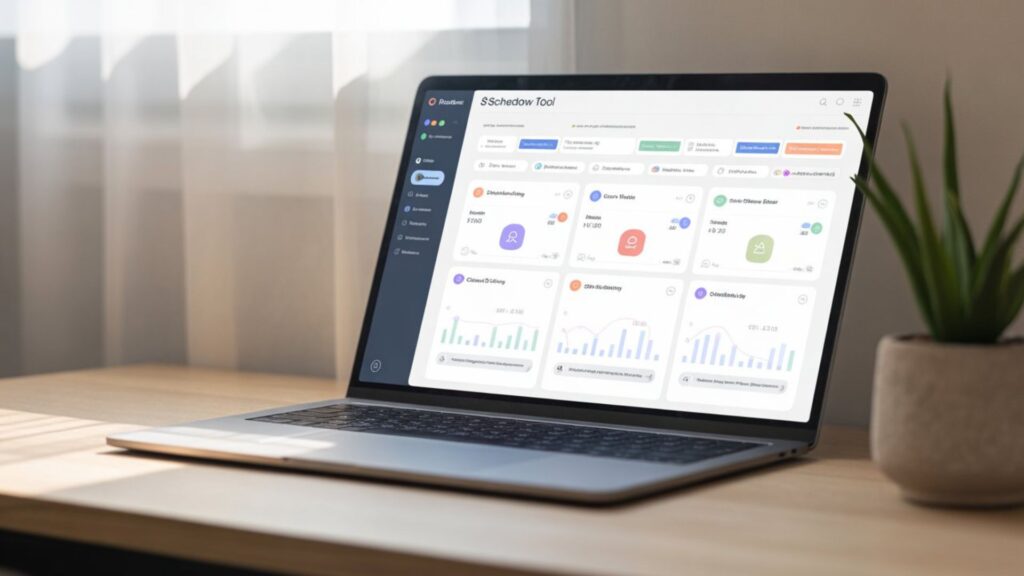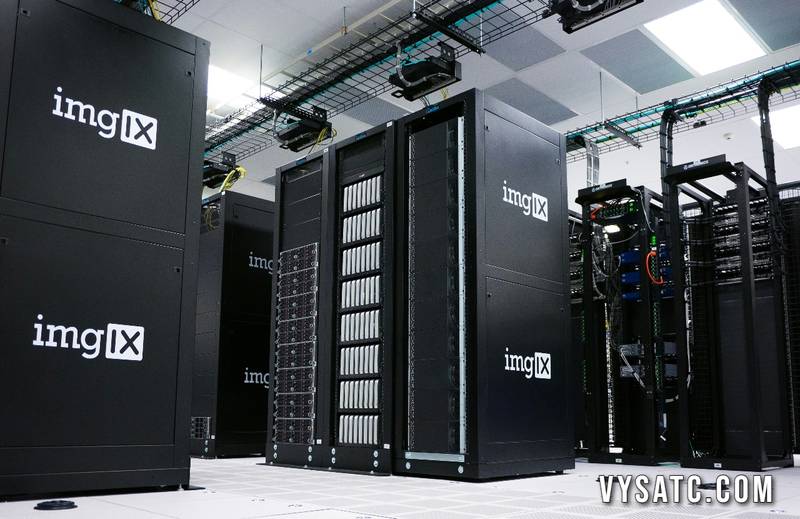RWU UAR: A Comprehensive Guide to Its Meaning, Uses, and Future Potential
Introduction
In the fast-changing digital era, new terms and acronyms often emerge that capture attention and spark curiosity. One such rising keyword is RWU UAR. Whether you are an academic researcher, a student, a professional, or a digital enthusiast, you may have encountered the term but struggled to find a clear definition. This comprehensive guide will unpack the meaning of RWU UAR, explain its uses, highlight its importance, and explore its potential impact on technology, education, and innovation.
By the end of this article, you’ll have a complete understanding of RWU UAR and why it is becoming increasingly relevant in today’s interconnected world.
What Is RWU UAR?
At its core, RWU UAR is a multifaceted term that can be interpreted in several ways depending on context. The acronym suggests a combination of institutional identity (RWU) and a functional or organizational framework (UAR).
Some possible interpretations include:
- RWU as a university or research organization.
- UAR as an abbreviation for Unified Academic Resources, User Access Rights, or Universal Application Repository.
Regardless of the exact context, RWU UAR represents a system of growth, innovation, and accessibility—a concept that bridges knowledge, technology, and global connectivity.
Why RWU UAR Matters
Understanding RWU UAR is not just about decoding an acronym. It is about appreciating the underlying ideas of collaboration, accessibility, and innovation that the term reflects.
Here’s why it matters:
- Educational Innovation – RWU UAR provides frameworks for learning and research.
- Technological Advancement – It symbolizes adaptive tools in a rapidly evolving digital world.
- Global Collaboration – RWU UAR emphasizes breaking barriers between knowledge and accessibility.
RWU UAR in Education
Enhancing Academic Research
In academic contexts, RWU UAR can serve as a platform for:
- Sharing resources between institutions.
- Facilitating joint research projects.
- Streamlining access to libraries, datasets, and archives.
Supporting Students and Faculty
RWU UAR may also be an integrated system that allows:
- Students to access coursework, assignments, and learning tools.
- Faculty to manage teaching resources and collaborate internationally.
By bridging gaps in accessibility, RWU UAR helps democratize education and create opportunities for learners worldwide.
RWU UAR in Technology
Digital Access and Rights Management
RWU UAR can represent user access rights in software systems. This means:
- Ensuring that only authorized users access data.
- Managing permissions and security.
- Streamlining digital workflows across organizations.
Artificial Intelligence and Machine Learning
With AI-driven ecosystems, RWU UAR could evolve into a unified data repository that enhances machine learning models, ensuring they draw from verified and reliable datasets.
Potential Applications of RWU UAR
Here are some practical ways RWU UAR could be applied:
- Education Systems
- Virtual classrooms powered by RWU UAR.
- Shared research platforms.
- Virtual classrooms powered by RWU UAR.
- Corporate Environments
- User authentication and access control.
- Unified resource management.
- User authentication and access control.
- Healthcare
- Patient data security.
- Collaborative research in medicine.
- Patient data security.
- Creative Industries
- Cross-border collaboration in art, media, and design.
- A secure hub for intellectual property.
- Cross-border collaboration in art, media, and design.
Benefits of RWU UAR
When applied effectively, RWU UAR brings a range of benefits:
- Accessibility: Breaks down barriers to knowledge.
- Security: Ensures data and resources are well protected.
- Efficiency: Streamlines workflows and communication.
- Scalability: Adapts to the growing needs of institutions.
- Global Impact: Encourages cross-cultural collaboration.
Challenges in Implementing RWU UAR
While the concept is powerful, challenges remain:
- Lack of Clarity – Different interpretations can create confusion.
- Technical Limitations – High-end systems require advanced infrastructure.
- Privacy Concerns – Data protection is critical.
- Adoption Barriers – Institutions may resist change due to cost or complexity.
Future of RWU UAR
Looking ahead, RWU UAR has the potential to reshape industries and education alike. Some possibilities include:
- Decentralized Knowledge Systems – Using blockchain to make information secure and universally accessible.
- AI-Powered Learning Platforms – Personalizing education in real time.
- Global Research Collaborations – Breaking down barriers between countries, institutions, and industries.
FAQs About RWU UAR
Q1: What does RWU UAR stand for?
A: RWU UAR can represent multiple frameworks, often linked to academic resources, access rights, or collaborative systems.
Q2: Why is RWU UAR important?
A: It emphasizes accessibility, innovation, and global collaboration, making it relevant across education, technology, and research.
Q3: How does RWU UAR impact education?
A: It creates accessible platforms for students, faculty, and researchers to share resources and collaborate internationally.
Q4: Can RWU UAR be applied in business?
A: Yes. Businesses can use RWU UAR to manage access rights, secure data, and improve resource allocation.
Q5: What challenges does RWU UAR face?
A: Its challenges include clarity of definition, privacy concerns, technical barriers, and institutional adoption.
Conclusion
RWU UAR is more than just a keyword or acronym—it is a symbol of innovation, accessibility, and transformation. From education to technology and beyond, its applications are vast and impactful.
As we move toward a future of global connectivity, RWU UAR may become a cornerstone in the way we manage knowledge, data, and collaboration. Whether you are a student, professional, or business leader, understanding RWU UAR can open new doors to growth and opportunity.





Post Comment